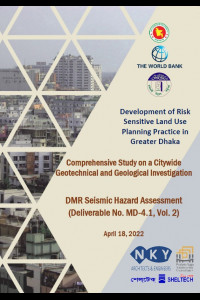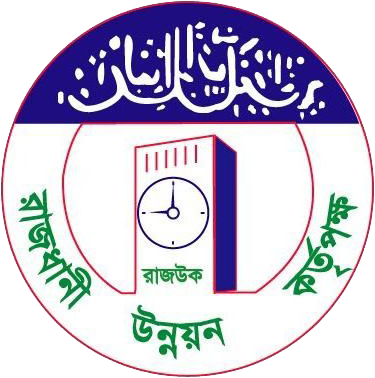27.2 MD-4 Draft Analysis of Geotechnical and Geological Studies-DMR Seismic Hazard Assessment_URP/RAJUK/S-5
In seismic hazard analysis, influential factors that affect the probability of exceedance of ground motion at a given site are seismic source delineation based on structural geology investigations and seismicity parameters estimation according to the seismicity of the study area. This report attempts to assess seismic hazards on bedrock and surface.
In the second chapter, the result of the structural geology condition is presented. The structural geology regime in an area determines the situation of the structures and their activities. So, it is necessary to understand the structural geology regime. The interaction between plates has formed a compressional regime in the region. The thrusts and the long strike-slip faults are the consequences of this regime. In a radius of 600-km of DMR area, the Indian, Eurasian, Burma, and Sunda plates are the main ones, and the interaction between them made the compressional regime on the region. After understanding the structural geology regime, the structures in a 200-km radius of DMR have been studied and introduced. One of the most notable structures in the region is the Dauki thrust with a dip direction to the north, which shows several earthquakes. Several data sources are employed to identify the hidden structural lineaments due to the smooth topography and abounding vegetation cover in the DMR area. Using the geotechnical data along with the gravity and magnetic data increases the credibility of potential lineaments. The lineaments with different trends are identified in the DMR area based on existing data.

| MIME Type |
application/pdf
|
|---|---|
| File Size | 87.43 MB |
Categories
|
|




